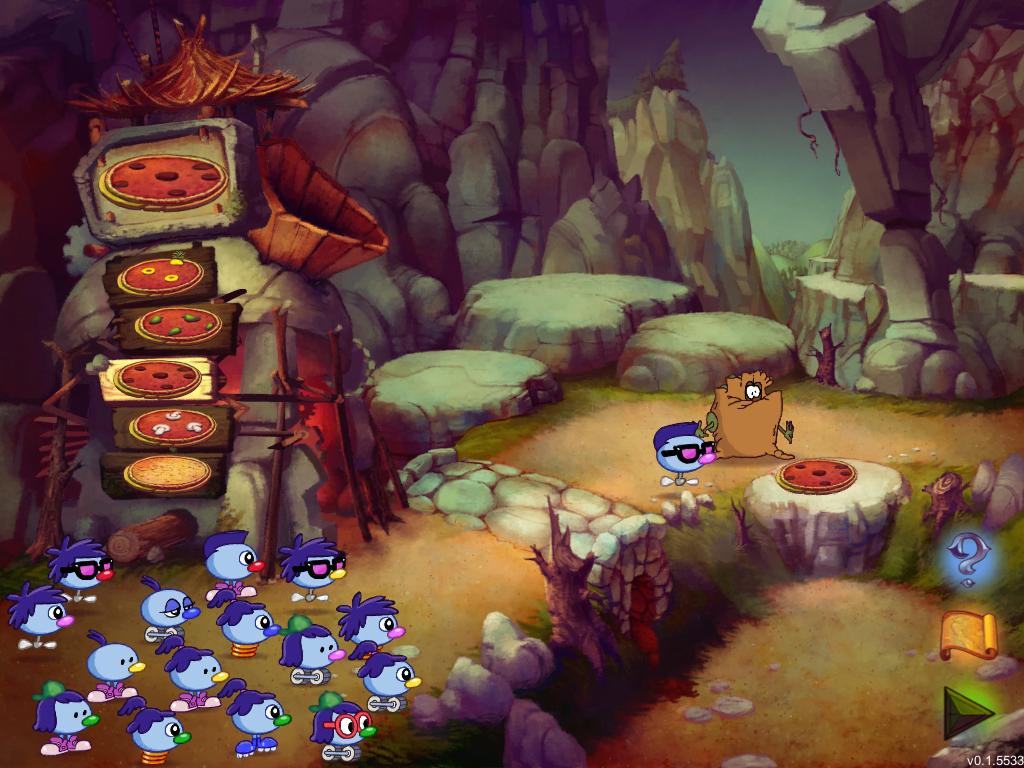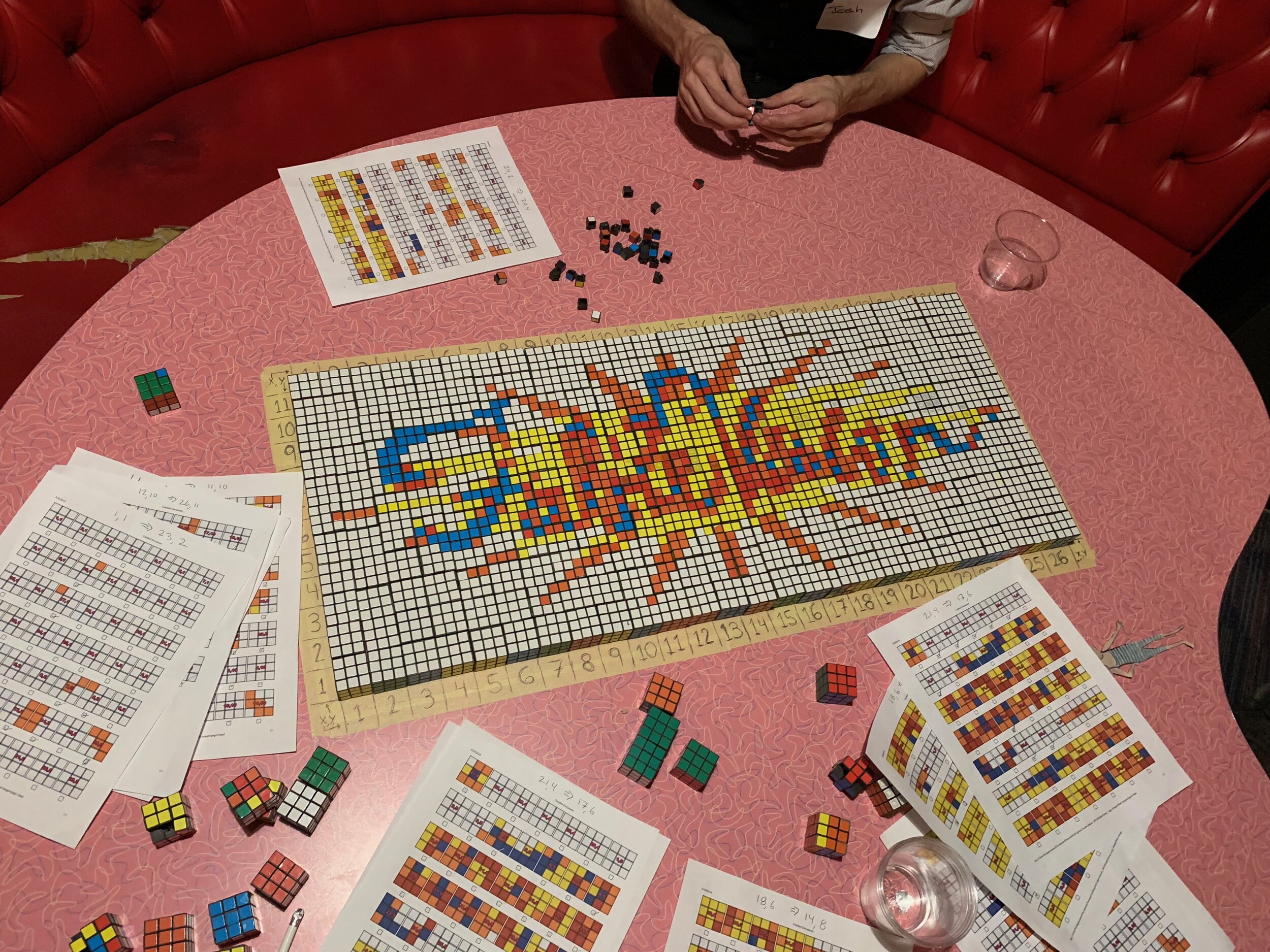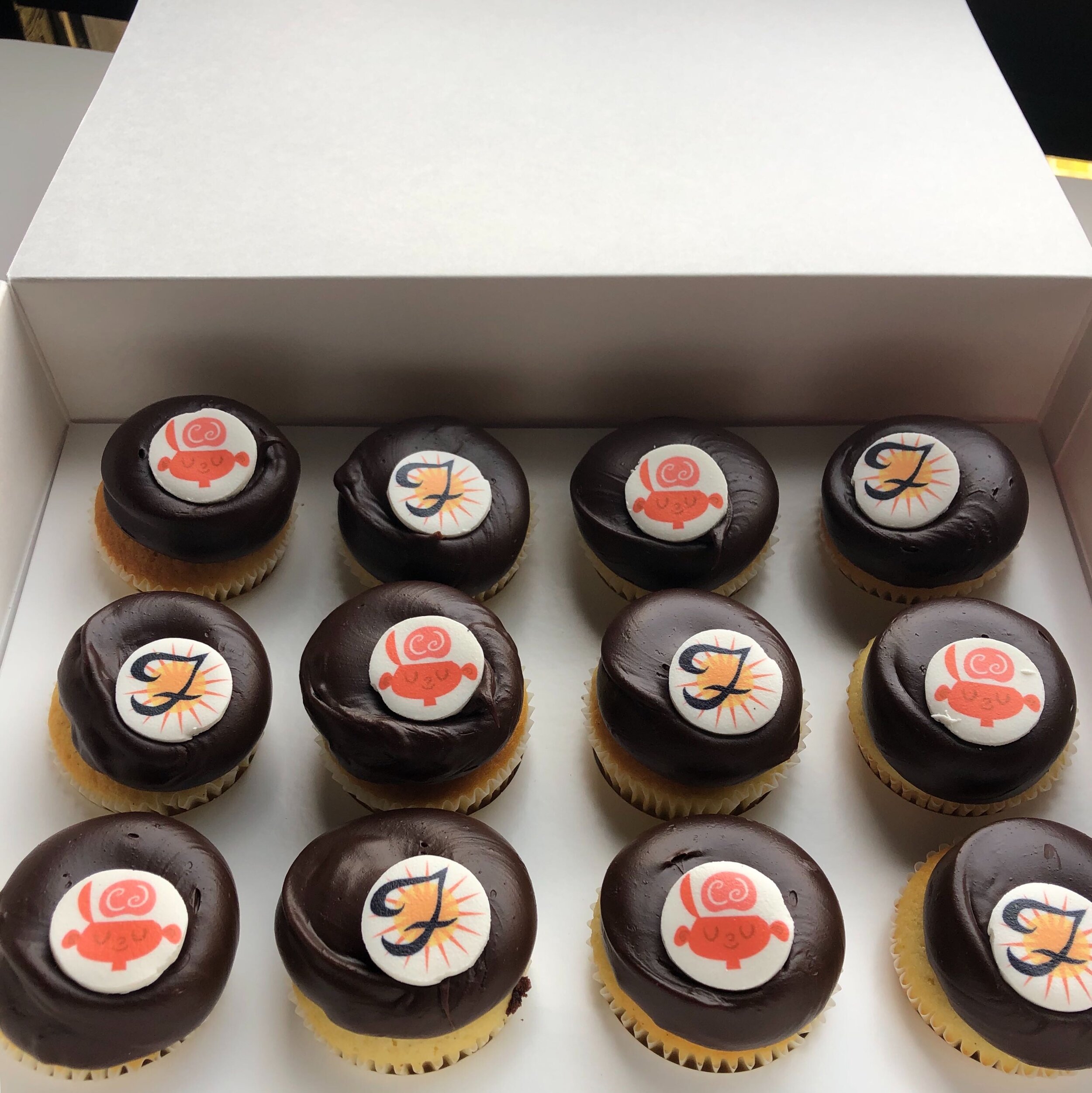With many of us working from home or learning remotely these days, it can be difficult to find fun, quality, engaging activities to pass the time and keep us in good spirits. And now that students of all ages—from kindergarteners to high schoolers and beyond—are home during the school day, you can help them continue to learn with this list of games, animated shows, and more that can be enjoyed by the whole family. Naturally, we’re biased, but here are some of our favorite educational resources we developed with our amazing partners to get you started. Who knows—you may learn something yourself as you follow along!
You can also check out our friends at iCivics, Pinna, BrainPOP, GoNoodle, and Common Sense Media for more quality content. Virtual elbow bump!
Game-Based Learning
Gasha Go! (free)
Age Range: grades K-3
Help the lovable Gasha Go! characters fill an arcade machine with toys! In this cute and colorful math game from FableVision and Georgia Public Broadcasting, players learn number sense, numeracy, and literacy skills while earning virtual toy rewards along the way.
Quandary (free)
Age Range: middle school
As the captain of the new space colony Braxos, it’s up to you to use your moral decision-making skills to keep the peace. In Quandary, an online card and story-based game we developed with the Learning Games Network, players assume the role of captain in a futuristic society. In this role, players must make difficult—and important— decisions to help build their colony and strengthen their community.
Zoombinis ($2.99 on App Store and Google Play, $4.99 on Kindle, $9.99 for Broderbund and Steam)
Age Range: middle school
Join the Zoombinis on a logical journey! In this relaunch of the classic ‘90s game, players use their algebraic thinking, data analysis, and theory formulation skills (also known as Computational Thinking) to solve puzzles and help the Zoombinis find a new home. The game was re-released in 2015 in partnership with TERC and Learning Games Network.
Read to Lead (free)
Age Range: middle school
The citizens of the fictional city of Fort Douglas are struggling to grapple with the aftermath of a hurricane. In this trio of games FableVision developed with Classroom, Inc.—After the Storm, Community in Crisis, and Vital Signs—players assume the role of a newspaper editor, community center director, and medical clinic manager to help the town rebuild and pick up literacy and career readiness skills along the way.
Lights, Camera, Budget! (free)
Age Range: middle and high school
Welcome to Hollywood! Can you manage a budget of $100 million to create the horror, comedy, or action movie of your dreams? This online financial literacy game is a collaboration between FableVision, Georgia Public Broadcasting, and the Georgia Council on Economic Education that teaches personal finance and money management in a way that is engaging and aligns with Common Core standards.
Animation
Digital Citizenship Music Videos
Age Range: grades K-2
Online safety and balance are crucial, especially in our increasingly digital world. To teach children how to be safe, responsible, and respectful in their digital lives, FableVision created three fun and educational music videos for grades K-2 as a part of Common Sense Education’s K-12 Digital Citizenship Curriculum. While the music videos are perfect for young children to learn the importance of digital safety, online privacy, and more, you may find yourself singing and dancing along!
Different Kinds of Hurt: Isaac's Story
Age Range: elementary school
Now is an especially important time to have open and honest discussions with children about mental health, and to remind them that it’s okay not to feel okay. FableVision partnered with the Massachusetts Department of Mental Health, the Walker School, and Express Yourself to tell the story of Isaac, who shares his experience of going to the hospital for mental health reasons with his friend Mia. The warm and friendly animated film draws parallels between mental health and physical health using Isaac’s experiences and Mia’s recent stay in the hospital for a broken leg to normalize conversations about kids’ mental health without relying on harmful stereotypes.
Go! Go! Cory Carson
Age Range: preschool
Navigate childhood with kid-car Cory Carson! In this charming Netflix series from Kuku Studios, and with help from FableVision’s VP of Creative Tone Tyne, viewers follow Cory Carson on his epic adventures, from a field trip to the firehouse to his very first sleepover! The first two seasons are now streaming on Netflix.
The Paper Girls Show
Age Range: 6-8
Meet Caily and Reese, curious best friends and makers, as they use STEAM to solve problems with help from their friends in the fantastic paper world of Confetti! This animated series from FableVision and Global Tinker empower viewers through creativity and exploration, and shows young girls that “if you can dream it, you can make it!”
Good Thinking!: The Science of Teaching Science
Age Range: adults
How do students develop new conceptual understandings? Are “learning styles” out of style? In this animated series for K-8 science educators, FableVision and the Smithsonian Science Education Center tackle common misconceptions students have on a variety of topics, from gravity and inertia to weather and the water cycle, and show how educators can debunk these issues in their classrooms—even if that classroom is now online!
Dodo Sing Dodo Dance
Age Range: preschool and up
Sing and dance along with the beloved animals from The Dodo, now on a platform designed just for kids! Visit the Dodo Kids YouTube channel for kid-friendly content, including five catchy, cute critter-filled music videos. With original music created in partnership with musical group The Wilders and lyrics from FableVision VP of Creative Tone Thyne, Dodo Sing Dodo Dance features cute animals, colorful graphics, and upbeat music and lyrics that will have people of all ages joining in!
FableVision Learning Resources:
The Creativity Maker Suite
FabMaker Studio
Age Range: grades K-8
Let’s make something! (And you don’t even need a 3D printer!) With FabMaker Studio, a research-based digital fabrication tool from our sister company FableVision Learning, students can design and fabricate any project—including designing a solar car or modeling a snow fort—using digital tools, including scissors, electronic cutters, and more!
Get Published!
Age Range: grades K-8
Curious about how to publish a book? Learn from award-winning children’s book author and illustrator—and FableVision founder—Peter H. Reynolds in this web-based digital publishing platform from FableVision Learning. Through videos and hands-on activities, users will learn all about what it takes to make a book, from developing a plot to formatting pages to creating an actual book that you can put on your bookshelf!
Animation-ish
Age Range: grades K-12
Animation-ish is an easy-to-use, web-based animation program that inspires creativity, and allows students in grades K-12 to "show what they know." Animation-ish includes three levels that provide students and teachers from K-12 with a fun, rewarding experience that fosters the ability to animate across the curriculum with confidence.
FableVision is an educational media production studio on a mission to move the world to a better place. If you're looking for a production partner for online or distance learning solutions, reach out to us here.








































































